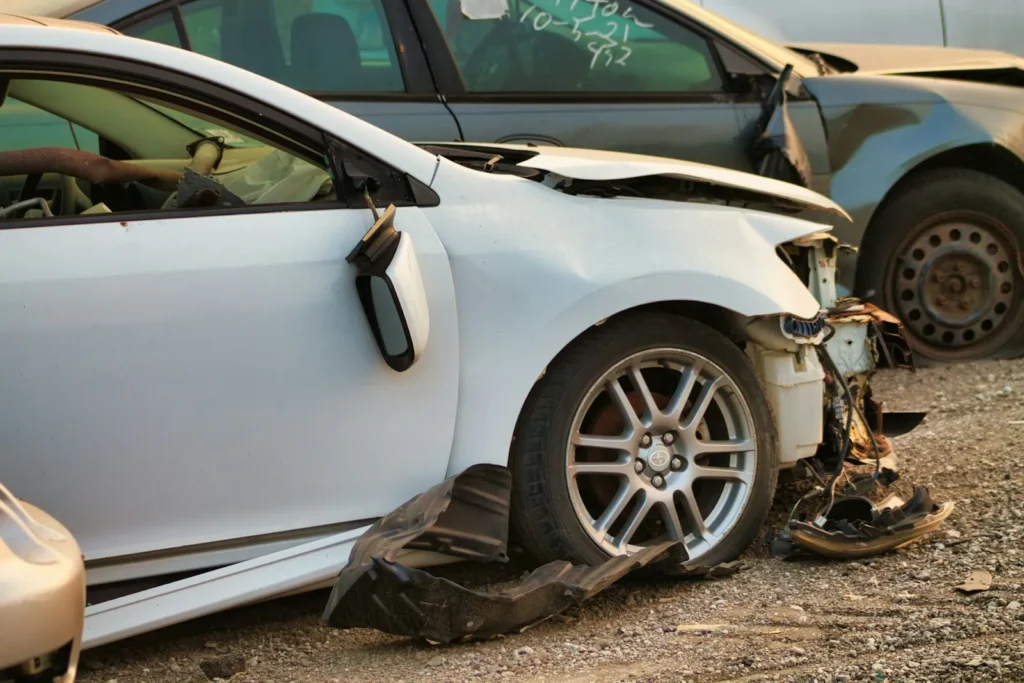Why Defective Tire Accidents Lead to Complex Lawsuits

Tire blowouts and failures can cause some of the most catastrophic vehicle accidents, often resulting in loss of control, rollovers, and multi-vehicle crashes that cause serious injuries or deaths. When these accidents involve defective tires rather than normal wear or road hazards, the resulting legal cases become extraordinarily complex.
Defective tire legal cases aren’t simple personal injury claims—they typically involve manufacturers, retailers, installers, and multiple insurance companies, each with their own legal teams and experts. The technical complexity of proving that a tire defect caused an accident requires extensive investigation and specialized knowledge that goes far beyond typical car accident cases.
Understanding why these lawsuits are uniquely challenging helps accident victims recognize when they need specialized legal representation rather than general personal injury attorneys. The stakes are often enormous because tire defects can affect thousands of similar tires, making individual cases part of much larger product liability issues.
Multiple Parties Involved
Tire manufacturers bear primary responsibility for design defects, manufacturing errors, and failure to warn consumers about known risks associated with their products. These companies typically have extensive legal resources and technical experts who will challenge every aspect of claims about their products’ safety and performance.
Retailers and installers can share liability when they fail to properly mount tires, recommend inappropriate tires for specific vehicles, or sell tires that are too old or have been improperly stored. These service providers often try to shift blame to manufacturers while manufacturers point to improper installation or maintenance.
Vehicle manufacturers sometimes share responsibility when tire failures result from vehicle design issues, improper tire specifications, or inadequate load ratings for specific vehicles. These cases can involve multiple automotive companies with competing interests and different insurance coverage.
Maintenance providers including tire shops, quick-lube facilities, and mechanics can be liable when they fail to detect obvious tire problems during routine service or improperly maintain tire pressure and alignment. These smaller businesses often lack the resources to defend against major product liability claims.
Technical Investigations
Tire failure analysis requires specialized engineering expertise to determine whether accidents resulted from manufacturing defects, design problems, or external factors like road debris or improper maintenance. These technical investigations often cost tens of thousands of dollars and take months to complete properly.
Tread separation analysis involves detailed examination of failed tires to determine whether separation occurred due to manufacturing defects, design flaws, or external damage. This analysis requires sophisticated equipment and expertise that only specialized laboratories can provide effectively.
Vehicle examination must determine how tire failures affected vehicle control and whether other factors contributed to accident severity. Accident reconstruction experts must analyze vehicle dynamics, road conditions, and driver responses to separate tire-related causes from other accident factors.
Expert testimony from tire engineers, vehicle dynamics specialists, and accident reconstruction professionals becomes essential for explaining complex technical issues to juries who lack technical backgrounds. These experts often disagree with each other, creating battles of credibility that affect case outcomes significantly.
Proving Negligence and Causation
Linking tire defects to specific accidents requires proving that defects existed before accidents occurred and that these defects were the primary cause of vehicle control loss. This causation analysis becomes complicated when multiple factors could have contributed to accidents.
Manufacturing defect evidence must show that specific tires deviated from design specifications in ways that caused failures. This requires comparing failed tires to design documents and manufacturing records that companies often resist providing during litigation.
Design defect claims require proving that tire designs were unreasonably dangerous even when manufactured correctly. These claims often involve industry standards, alternative designs, and cost-benefit analyses that manufacturers will vigorously contest through their own experts.
Failure to warn claims focus on whether tire companies provided adequate warnings about known risks, proper usage limitations, and maintenance requirements. These cases often involve detailed analysis of warning labels, user manuals, and marketing materials that may have minimized known risks.
Conclusion
Defective tire lawsuits demand specialized legal expertise and substantial resources to investigate technical issues, manage multiple defendants, and present complex evidence effectively to juries. These cases often take years to resolve and require significant upfront investment in expert witnesses and technical analysis.
The complexity of these cases makes it essential to work with attorneys who have specific experience in tire defect litigation rather than general personal injury lawyers who may lack the technical knowledge and resources needed for success.
Success in defective tire cases requires persistence, technical expertise, and substantial financial resources to compete against well-funded corporate defendants who will use every available defense strategy. However, successful cases often result in significant compensation while potentially preventing future accidents through improved tire safety standards.




